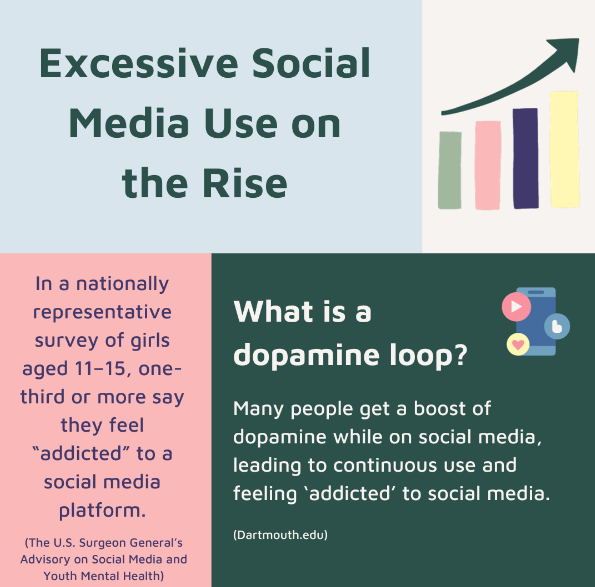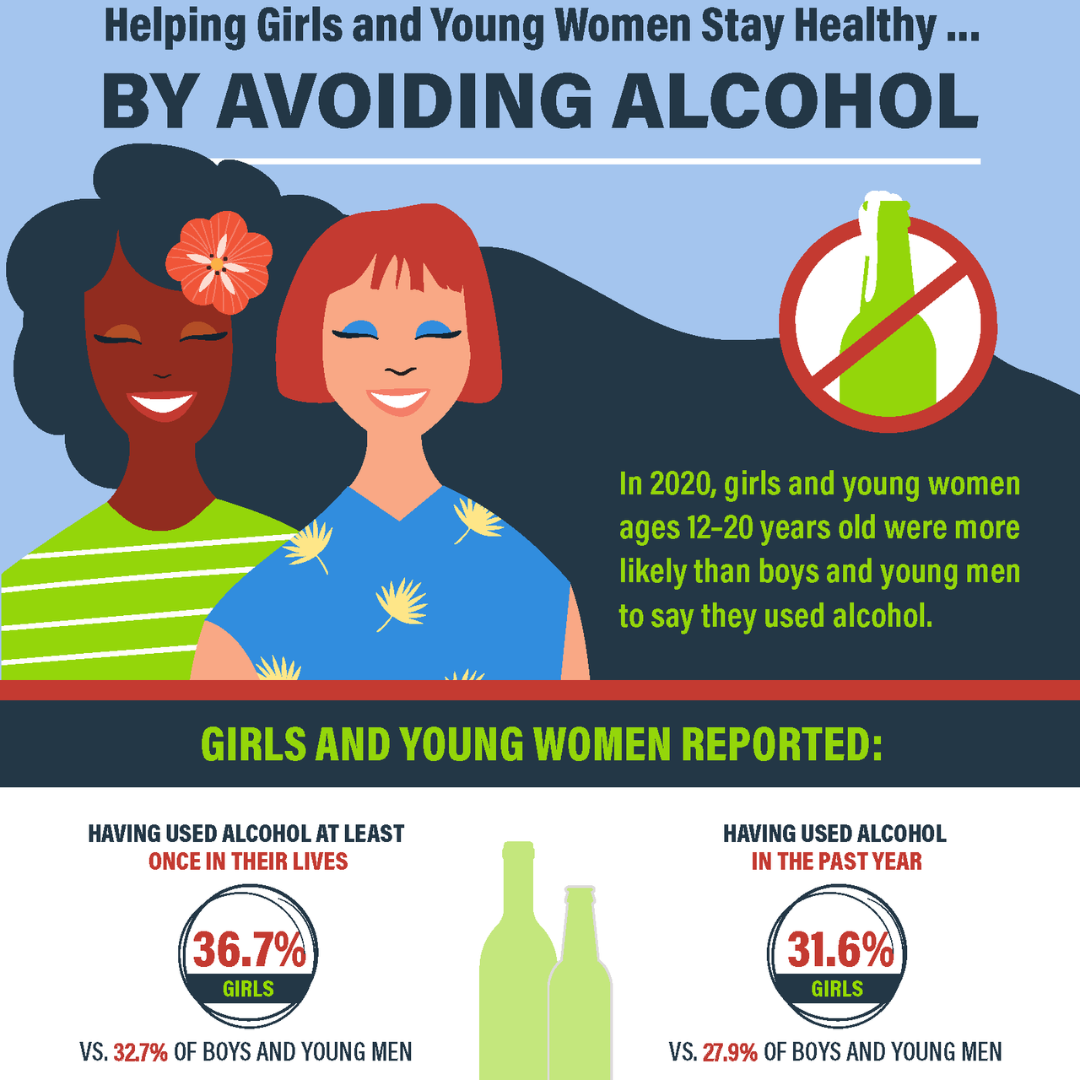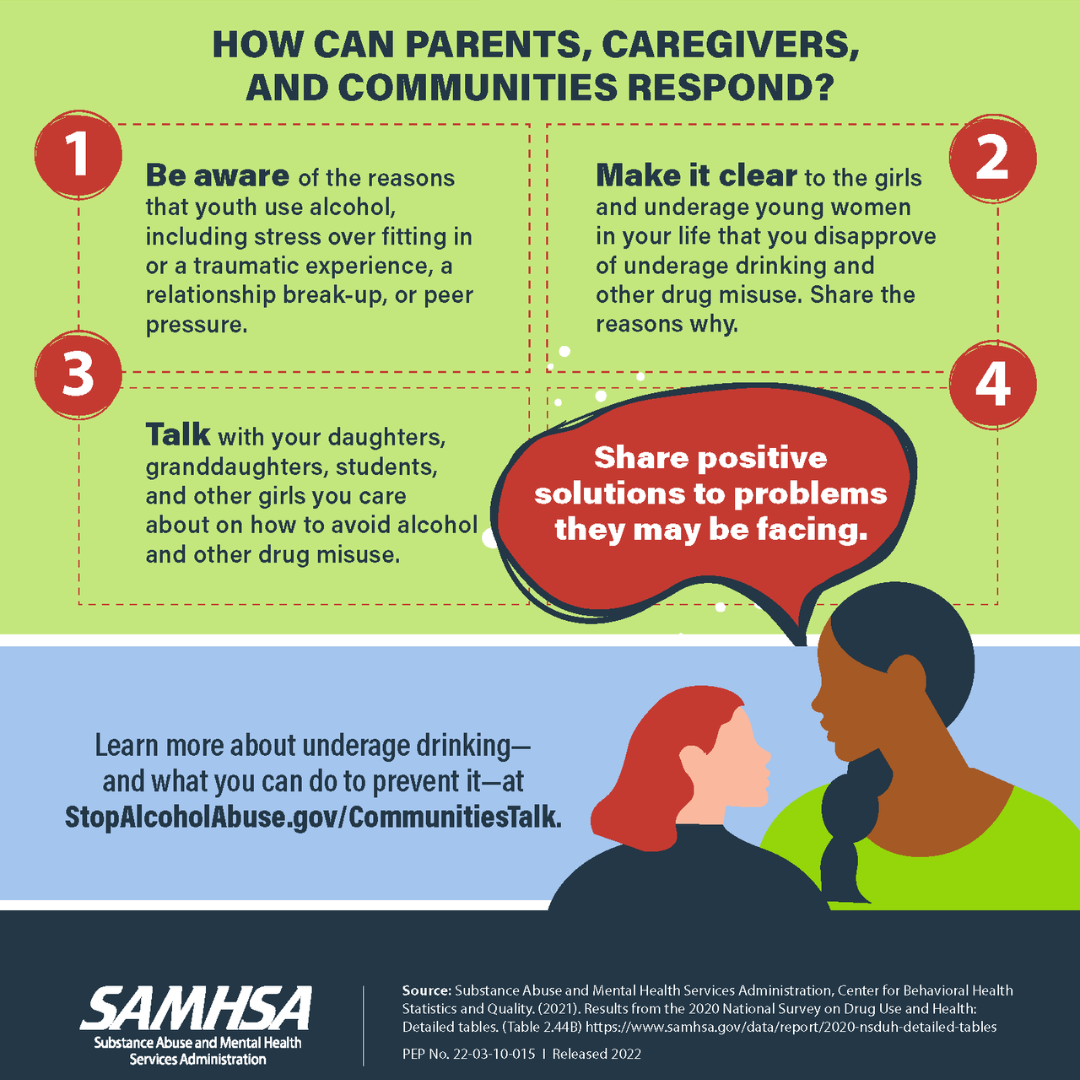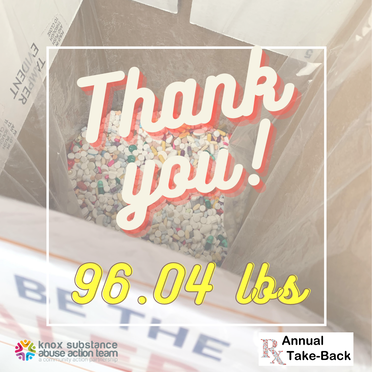|
In the present day, teenagers find themselves consumed by social media. I got social media early on in middle school and for me, it began as aimless scrolling through the different platforms. Scrolling turned into a compulsive habit and the constant notifications that took over my phone influenced me to continue spending my time on social media. Real-world interactions took the backseat, replaced by virtual validation. My screen time was equal to the number of hours I was awake during the day. The need to use social media abruptly took over my life, and it was hard to focus on simple tasks throughout the day. This is a common experience for many teenagers who use social media. Research on social media platforms demonstrates that “the platforms are designed to be addictive and are associated with anxiety, depression, and even physical ailments,” (mcleanhospital.org.) Using social media releases dopamine in teens’ brains, creating a pleasure loop that can lead to excessive and harmful use. Effects of habitual social media use include:
Written by Bridgett Bajorek, current Senior at Olentangy High School, working with a group project focusing on the issues associated with social media and teens, and educating parents on Ohio House Bill 33. 27 Minutes is an educational campaign created by Bridgett Bajorek, Samantha Happel, and Audrey Williams, three students at Olentangy High School in Central Ohio. The campaign focuses on educating parents and guardians about the dangers and issues of social media. In the coming weeks, Special Edition Know! Tips will be released on topics related to sextortion, depression, anxiety and self-esteem, personal safety, excessive social media use, and Ohio's Social Media Parental Notification Act. These tips will be written by teens, for caring adults everywhere.
0 Comments
27 Minutes is an educational campaign created by Bridgett Bajorek, Samantha Happel, and Audrey Williams, three students at Olentangy High School in Central Ohio. The campaign focuses on educating parents and guardians about the dangers and issues of social media. In the coming weeks, Special Edition Know! Tips will be released on topics related to sextortion, depression, anxiety and self-esteem, personal safety, addiction to social media, and Ohio's Social Media Parental Notification Act. These tips will be written by teens, for caring adults everywhere. Imagine you're staring at your illuminating phone screen and hesitate before sharing a post. The pressure to have the perfect post weighs on you as you scroll through all of the flawlessly filtered lives. Your post goes through, and with each like comes validation, but the seconds of silence cause unease. Your self-worth is based on the digital applause from your post, and the comparison to others makes you incredibly anxious. The fear of missing out and the need for affirmation transformed the joyous act of posting into an anxiety-inducing activity. Friendships are decided by whether they comment or not, and happiness is measured in pixels. The pressure to look as though you have a perfect life dictates your happiness, and you fall into an anxiety and depressive episode.
This is how adolescents live. Their lives are dependent on their like count or other people's post. People only want to portray themselves as a perfect image and don’t share the negative aspects of their lives on the internet. This can affect people in many ways. “In 2021, an estimated 3.7 million adolescents aged 12 to 17 in the United States had at least one major depressive episode with severe impairment in the past year” (National Institute of Mental Health). Depression and anxiety are two of the most common side effects of having social media and spending a plentiful amount of time on it. When spending time on social media, I have seen different aspects that can decide my mood and how I feel. The following instances are examples of potential causes of that:
Written by Bridgett Bajorek, current Senior at Olentangy High School, working with a group project focusing on the issues associated with social media and teens, and educating parents on Ohio House Bill 33 Step 1: Ask questions like “How are you feeling?”, “Are you thinking about suicide?”, and “How can I help?” Engaging in non-judgmental, supportive, and direct communication opens the door for an honest dialogue about their emotions. Be sure to listen calmly and take them seriously. Let them know that you understand and appreciate their courage in sharing something so difficult with you. Pay attention to the reasons that they are in pain as well as their own reasons for living. Remember that the language you use matters. Stigma surrounding suicidal thoughts can prevent young people from seeking support. Avoid asking leading or shaming questions, like “You’re not thinking of suicide, are you?” Instead, reassure them that there are no taboo thoughts and that you are a safe person. Do not be afraid to directly ask if they are thinking of suicide or self-harm. It is a myth that talking about suicide will “plant the idea” in someone’s head. In fact, acknowledging and discussing suicide can reduce suicidal ideation.
|
Archives
February 2024
|







 RSS Feed
RSS Feed

